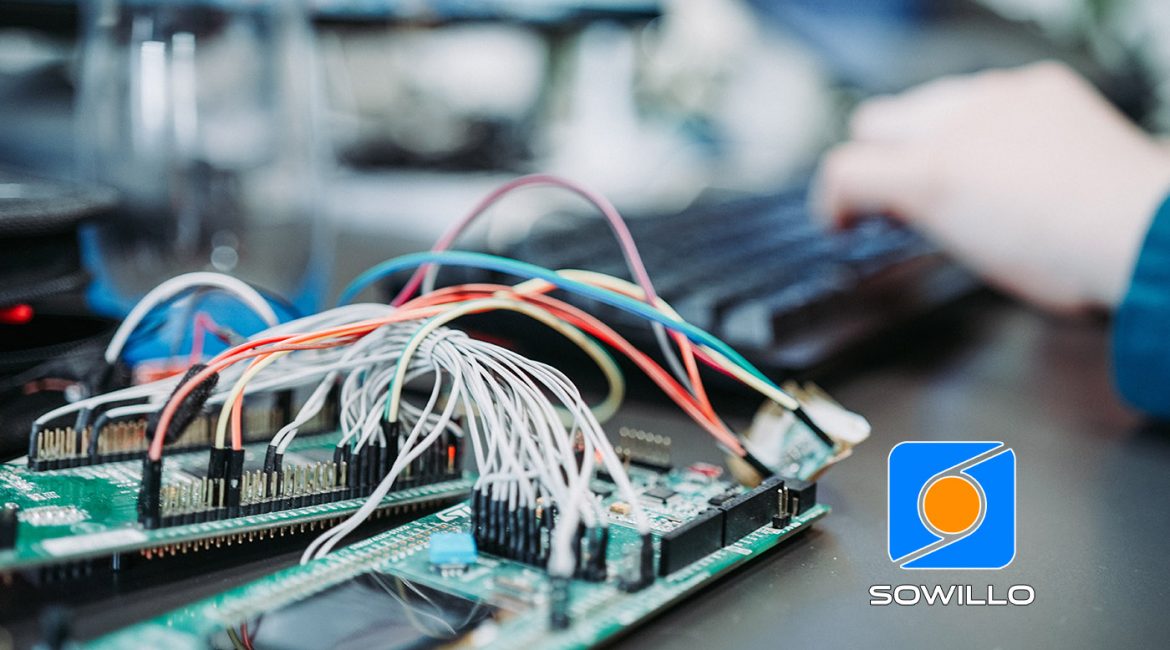The development IoT board is a universal tool for prototyping, a ready-to-use technical framework that helps you implement your own project. This IoT board offers a certain set of functions, which allows the developer to focus only on programming and not waste time on the hardware.
In this article, we will look at the Sowillo IoT board (Sowillo Box), a compact developer board whose primary goal is to provide a ready-to-use, functional solution for prototyping various devices, ranging from custom gadgets to industrial projects.
Sowillo IoT board for Heat Recuperation System
Sowillo IoT board electronics are already used in centralized solar water heating systems, smart homes and Heat Recuperation systems. Heat Recuperation System is designed to improve the energy efficiency of residential and industrial hot water supply systems and can complement any other water heating system installed in a building.
Buy Sowillo IoT Board Now:
-
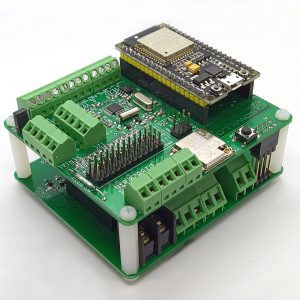 Sowillo IoT board$27,87 – $90,05
Sowillo IoT board$27,87 – $90,05 -
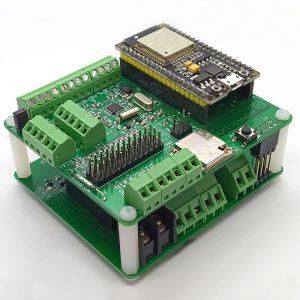 Ultimate Sowillo IoT board AC kitOriginal price was: $130,78.$122,21Current price is: $122,21.
Ultimate Sowillo IoT board AC kitOriginal price was: $130,78.$122,21Current price is: $122,21. -
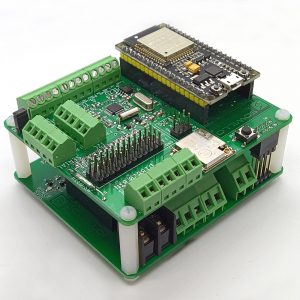 Ultimate Sowillo IoT board DC kitOriginal price was: $130,78.$122,21Current price is: $122,21.
Ultimate Sowillo IoT board DC kitOriginal price was: $130,78.$122,21Current price is: $122,21.
Sowillo IoT Board video review tab here
Thanks to the technical features and functionality of this board, developers can integrate the Sowillo IoT board with intelligent IoT systems and use it as a controller for automation projects.
Sowillo Box: IoT board overview
The Sowillo IoT board stands out for its ultra-compact form factor. The physical size of the board is 85×71.5 mm. Like most other prototyping cards, the Sowillo IoT board gives the designer the ability to expand the device’s functionality by connecting expansion boards and add-on modules.
Among other Sowillo products, in addition to the Sowillo Box development kit itself.
There are add-on Sowillo IoT Boars:
- Sowillo Box AC Power Shield (AC 85-265V, with a 3.6V lithium battery connector) and two 16A relay modules;
- Sowillo Box DC Power Shield (DC 7-50V, with a 3.6V lithium battery connector) and two 16A relay modules.
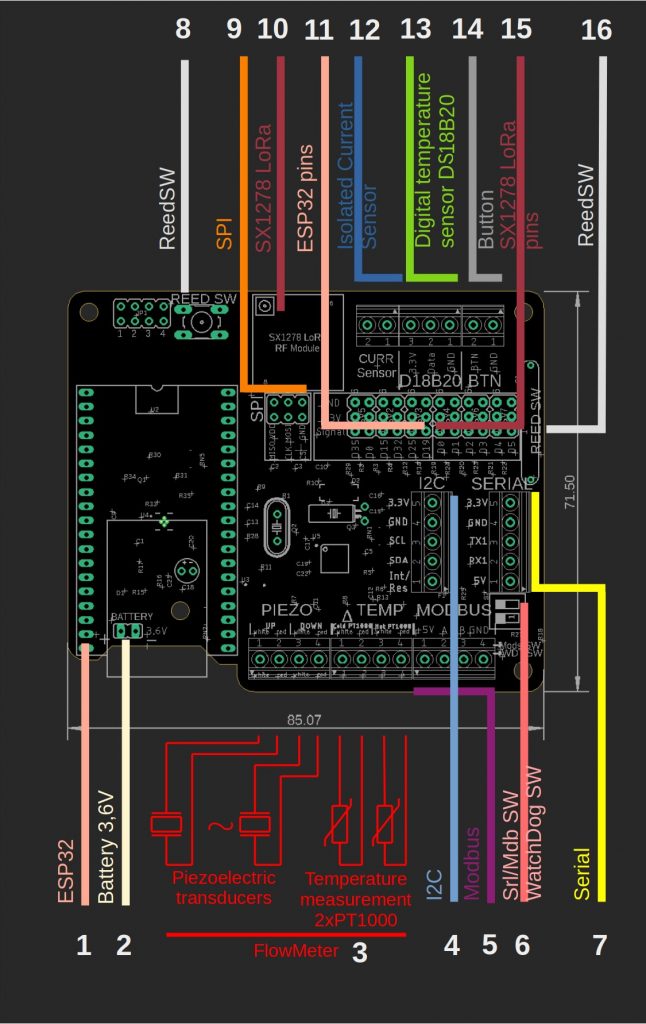
All components were numbered to make it easy to navigate the board. The purpose of each element of the Sowillo IoT board is described in the item with the corresponding number.
1) Main module with ESP32 processor
The reviewed board runs on the ESP32-WROOM-32DU module, which in turn is designed based on the ESP32-D0WD chip with built-in flash memory (4, 8 and 16 MiB). These modules are well suited for communication applications intended to exchange data between devices. The ESP32-WROOM-32 features WiFi and Bluetooth/Bluetooth LE communication.
The technical features of the ESP32-WROOM-32 modules inside Sowillo IoT automation Box:
1. High-performance thanks to the dual-core processor
2. Versatility due to integration of WiFi+BT+BLE
Power saving (quiescent current of ESP32 is 5uA). 4.
4. High data transfer rate (up to 150 Mbps)
*The ESP32-WROOM-32U also has a built-in U.FL connector
The ESP32 module can be replaced in case you need more memory or additional extensions during the development process.
2. 3.6 Volt Battery on IoT Box
Given the moderate power consumption of the processor, a 3.6-volt lithium battery can provide up to 10-15 years of operation for our IoT Box.
3. Piezoelectric transducers + PT1000 temperature sensors in Sowillo IoT board
Ultrasonic piezoelectric transducers are the basis for connecting an Ultrasonic Flowmeter. They are used for various applications, e.g., water meters, water leak detection, etc. The Sowillo IoT board allows 2 PT1000 sensors to be connected.
Platinum thin-film sensor has a nominal resistance of 1000 ohms; PT1000 sensor accuracy class: B; PT1000 measurement range: -70 to +500°C
4. Sowillo IoT board I2C interface is used
The I2C interface is used to establish communication between two or more integrated circuits.
I2C is also one of the most common communication protocols for exchanging signals between two elements on the same circuit board.
5. Sowillo Home Automation board – MODBUS protocol
The Modbus protocol is used in automation projects and the Internet of Things to exchange data between system components in a request-response format.
Modbus protocol is an excellent solution for industrial applications to connect and transfer information from one piece of equipment to another.
6. Srl/Mdb SW, WatchDog SW
7. SERIAL interface in Sowillo IoT automation Box
Serial interface provides an easy and fast way for the microcontroller to communicate with a computer and other connected devices.
Serial communication is also a handy tool for debugging. You can send debug messages from the IC to the computer and display them on the screen of the device. Serial allows the developer to set the bit rate (“baud rate”) by referring to the Serial libraries.
8, 16) Reed SW.
A button and a reed switch to enter into the WiFi configuration mode.
9. SPI Interface on IoT device
Interface for connecting peripherals (sensors, sensors, modules). Data collected with peripheral components are transferred to the mainboard module. SPI is the fastest of the common interfaces used to synchronize connected peripherals with the microcontroller.
In projects where the Sowillo IoT board was used as the basis, hardware extensions such as gas sensors for air quality monitoring and CO2 sensors were connected to the board via the SPI interface.
10. LoRa module SX1278 on Sowillo Home Automation board
LoRa technologies are actively used for data exchange between devices in IoT networks. There are many libraries for programming and configuring the LoRa module, such as LoRaLib. You can use this in our Sowillo Home Automation board.
LoRa modul SX1278 radio module provides data transmission at a frequency of 433 MHz with a claimed range of 4 km (tested successfully transferred a distance of 8-10 km).
The SX1278 has a high sensitivity of 148 dBm with an output power of +20 dBm, a long transmission distance. The module features high reliability and moderate power consumption.
11) ESP32 Pins;
12) Non-Invasive Current Sensor:
AC current meter terminal. The sensor is used to measure device load and power consumption, as well as to monitor the serviceability of devices;
13) DS18B20 Digital Temperature Sensor: The DS18B20 communicates on a bi-directional 1-Wire bus, which means it requires only one connection line (and ground) to communicate with the central microprocessor. The DS18B20 has an operating temperature range of -55C to +125C. *In total, up to 150 sensors can be connected per card;
14) Button: *Analog sensor may also be connected in addition to a push-button;
15. LoRa SX1278 pins on Sowillo box;
Let’s talk about the software component of the design process. “Brain” of the Sowillo IoT board is ESP32 microprocessor, respectively, when working with a Sowillo Home Automation board, the developer can use numerous tools that support this platform.
Sowillo recommends using the ESPHome open embedded system paired with the Home Assistant open-source smart home control system. ESPHome provides access to libraries for Arduino programming.
Software development for ESP32 (or ESP8266) Sowillo IoT Box based devices consists of:
- Installing the ESPHome utility: You will need a version of Python 3.7 or higher to install and further work with the code. If using the Home Assistant software, you can perform the following step in the ESPHome Dashboard, which is installed as a Home Assistant (add-on).
- Creating a project file: You can create a .yaml configuration file on the command line: $ esphome project.yaml wizard or in the ESPHome Dashboard, which you will need to install first. Link to the ESPHome Dashboard installation guide: https://esphome.io/guides/getting_started_hassio.html
- Flashing the device;
- Compiling the project.yaml file;
- Setting up the Home Assistant server;
- Connect the prepared Sowillo Home Automation board to the Home Assistance control panel;
Guide to connecting to Home Assistance: https://esphome.io/guides/getting_started_hassio.html
Advantages of Sowillo IoT board (Sowillo Box):
- Energy efficiency;
- Expandable functionality by adding additional modules;
- 16-channel relay module with I2C interface;
- Suitable for application in multilevel industrial IoT systems;
- The Universal ready-made solution for both industrial projects and Open-Source fans;
Disadvantages IoT board:
- Module dimensions: If you are looking for a compact solution, which can fit into the casing of a mini robot, calculator, etc., then it is more logical to use boards of the “nano” or “mini” category.
- Processor processing power*: There are a few examples of technical implementation using the Sowillo IoT board*.
Buy Sowillo IoT Board Now:
-
 Sowillo IoT board$27,87 – $90,05
Sowillo IoT board$27,87 – $90,05 -
 Ultimate Sowillo IoT board AC kitOriginal price was: $130,78.$122,21Current price is: $122,21.
Ultimate Sowillo IoT board AC kitOriginal price was: $130,78.$122,21Current price is: $122,21. -
 Ultimate Sowillo IoT board DC kitOriginal price was: $130,78.$122,21Current price is: $122,21.
Ultimate Sowillo IoT board DC kitOriginal price was: $130,78.$122,21Current price is: $122,21.
Sowillo IoT Board video review tab here

